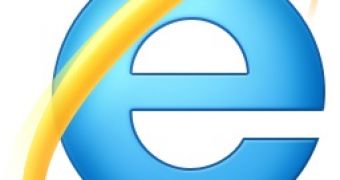Microsoft’s Internet Explorer 9 (IE9) browser is gaining increased usage share on Windows 7, and the company is pleased about that.
In fact, the Redmond-based company is keen on making sure that all people know how great its browser can prove on this platform, and is touting its leading position when compared to other browsers.
The leading software giant has been long touting the capabilities of its application. With the latest marketing campaigns for IE9, it shows that the browser can prove to be more than people expect it to be.
Microsoft’s claims that IE9 is a leading browser are based on data coming from two primary sources for share data: Net Applications and StatCounter.
The two are different when it comes to methodologies and results, yet both of them deliver detailed browser usage data and show similar trends on the market.
Since they use different methodologies, the two research firms show different results when it comes to usage market share among browsers, and it appears that Microsoft is rather fond of Net Applications’s monthly data.
This company’s usage data shows higher market share for Internet Explorer 9 than what StatCounter’s reports unveil, and it makes perfect sense why Microsoft would prefer these results.
The differences in numbers are given by the aforementioned different approach to recording data.
For example, Chrome began “prerendering” certain web pages in June last year. Net Applications notes that “prerendering in February 2012 accounted for 4.3% of Chrome's daily unique visitors,” and that it started to remove these results from its statistics. StatCounter, did not make modifications to them.
Additionally, Net Applications does “geoweighting” of browser usage data, which “is absolutely critical to us in understanding what IE share is worldwide so we can better serve our customers,” Microsoft explains.
StatCounter, on the other hand, serves results based on absolute global page views. Thus, in this company’s reports, Microsoft’s Internet Explorer browser lost 9 percent market share, which went to Chrome and Firefox instead.
One last criterion that differentiates results from Net Applictions and StatCounter is that, while the former reports usage share based on unique visitors, the latter reports absolute page hits and applies no filtering.
Roger Capriotti, director, Internet Explorer product marketing, notes in a recent blog post that both Net Applications and StatCounter often show similar trends when it comes to browser share, but that some of their technologies need to be adjusted to “represent accurate quantitative assessments of worldwide usage share.” Clearly, they refer to StatCounter’s approach.

 14 DAY TRIAL //
14 DAY TRIAL //